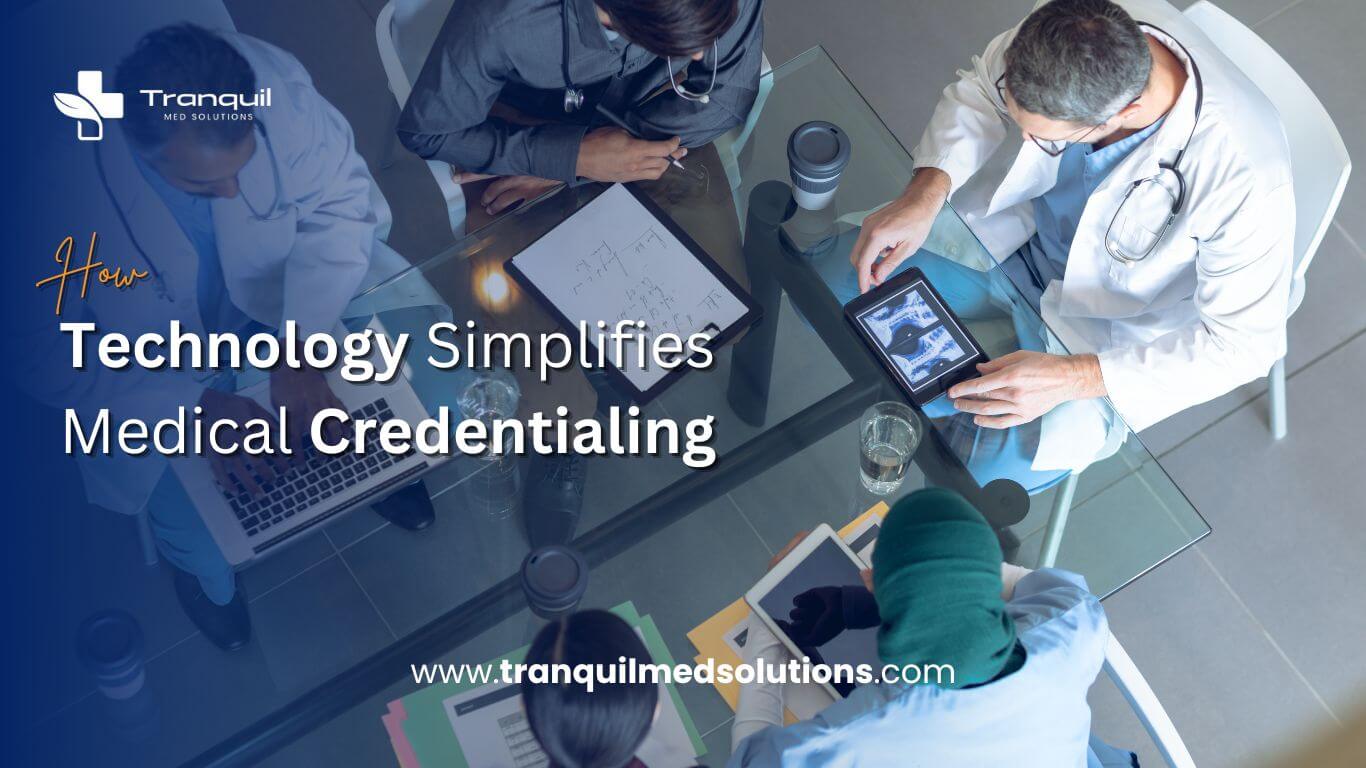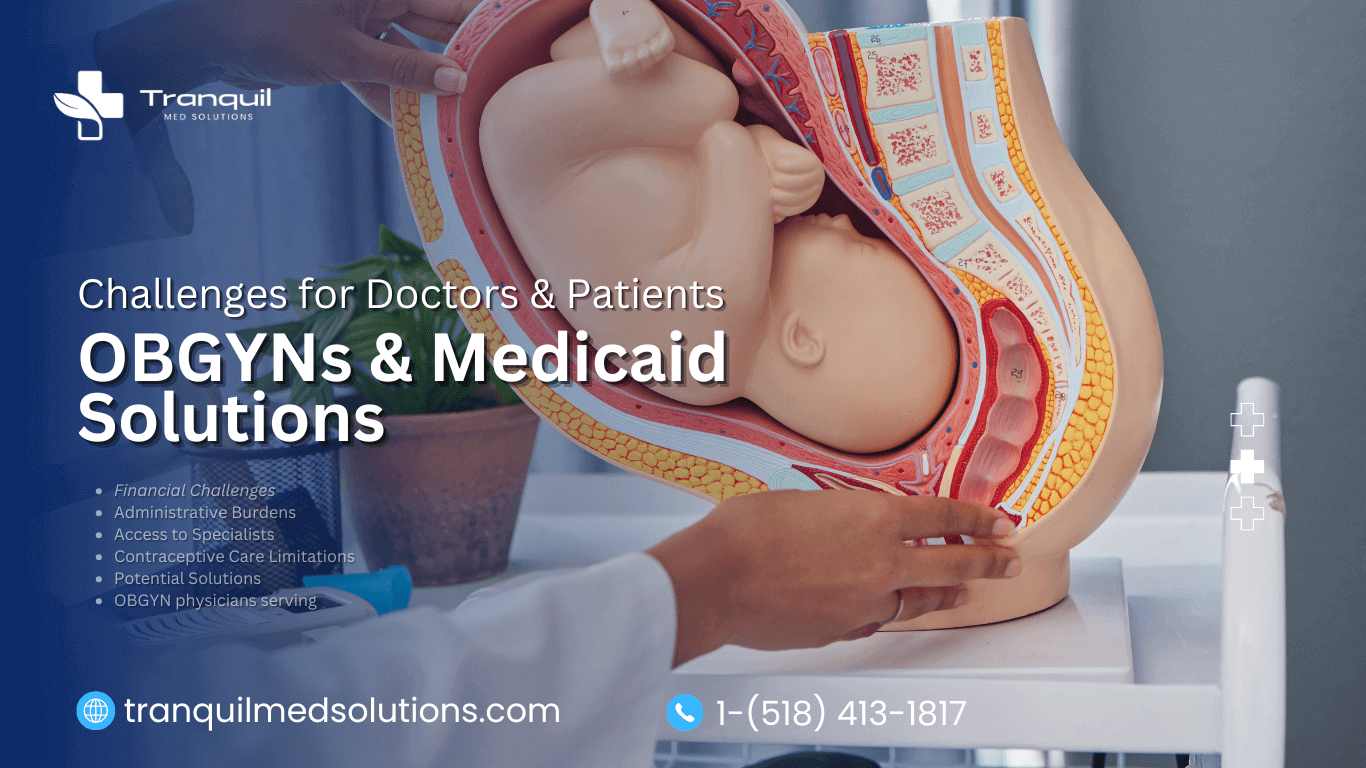Credentialing healthcare providers is a critical task that ensures practitioners are qualified to deliver high-quality care to patients. Physician credentialing involves verifying a provider’s education, training, licensure, and professional background. While this process is essential for maintaining healthcare standards, it often becomes a time-consuming, costly, and complex task for healthcare organizations. Recent advancements in technology, however, have transformed the credentialing landscape, making it faster, more efficient, and highly secure.
Here, we explore how healthcare providers can benefit from modern technologies that streamline credentialing, reduce errors, and enhance patient care—while still ensuring that all regulatory standards are met.
Why Medical Credentialing Matters for Healthcare Providers
Credentialing is the gateway to ensuring healthcare providers meet the necessary qualifications to practice safely. It involves meticulously reviewing a provider’s education, training, licensure, and professional history. The process not only validates competency but also protects patients by preventing unqualified providers from practicing.
Did you know? According to industry reports, credentialing errors contribute to 12% of delayed provider onboarding, leading to lost revenue and gaps in patient care. With healthcare systems under pressure to minimize downtime, adopting more efficient credentialing methods has become a necessity.
Understanding the Credentialing Process
The credentialing process involves a series of steps designed to ensure healthcare providers are qualified to offer medical services. While these steps are essential for maintaining safety and quality, they can be daunting without proper resources. Here’s an outline of the general process:
- Application Submission: Providers submit their credentials to a credentialing organization, typically a hospital or insurance plan.
- Primary Source Verification: The organization verifies credentials by contacting primary sources, such as medical schools for education and state boards for licensure.
- Background Checks: These include verification of criminal history, malpractice claims, and sanctions by medical boards.
- Committee Review: A credentialing committee assesses the provider’s qualifications to ensure they meet industry standards.
- Final Decision: The organization makes the final call on whether to grant credentials. If denied, providers can often appeal.
This entire process can take several months and demands meticulous attention to detail. In fact, it is estimated that credentialing takes an average of 90 to 120 days to complete, contributing to significant delays in provider onboarding.
How Technology is Simplifying Credentialing for Healthcare Providers
Technology has revolutionized many aspects of healthcare, and credentialing is no exception. Let’s explore some innovative solutions that are reducing the complexity of this critical process:
1. Electronic Applications
Gone are the days of paper-based submissions. Electronic applications allow providers to submit credentials digitally, significantly speeding up the review process. By minimizing manual data entry, electronic submissions also reduce human errors. This efficiency is vital in an industry where every day of delay costs time and revenue.
2. Automated Verification
With automated primary source verification, credentialing organizations can quickly validate provider information by accessing databases like state medical boards and medical schools. This automation eliminates the need for manual verification, which can be both time-consuming and prone to error. As a result, healthcare providers are credentialed faster—helping them begin treating patients sooner.
3. Artificial Intelligence (AI)
AI is playing a growing role in credentialing by analyzing vast amounts of data to identify potential risks. For example, AI can analyze malpractice histories, identifying trends that may suggest a higher risk for future claims. By quickly flagging areas of concern, AI helps credentialing committees make informed decisions faster.
4. Digital Credentialing
Digital credentialing systems provide secure, online credentials that can be shared and verified quickly. Digital badges and certificates replace traditional paper documents, ensuring faster access to verified credentials. The increased security of digital systems also reduces the risk of credential fraud.
5. Cloud-Based Credentialing Software
Cloud-based solutions allow credentialing teams to manage the entire process online, from applications to committee reviews. This not only increases transparency and reduces paperwork but also cuts down processing times. Cloud platforms are projected to reduce credentialing processing times by 40%, according to recent studies.
6. Telemedicine Credentialing
With the rise of telemedicine, healthcare providers are increasingly practicing across state lines. Technology now makes it easier to credential telemedicine providers by streamlining licensing across multiple states. This helps healthcare systems expand their reach while ensuring patients have access to credentialed professionals, regardless of location.
7. Integration with Provider Directories
Technology has also enhanced the ability to integrate credentialing information with online provider directories. Patients can easily find healthcare providers whose credentials are verified, ensuring they receive safe and effective care.
The Benefits of Technology-Enhanced Credentialing
For healthcare providers, the benefits of adopting technology-driven credentialing solutions are clear:
- Faster Credentialing: Automated processes reduce credentialing timelines, allowing providers to start practicing sooner. In fact, technology can cut credentialing time by up to 50%.
- Fewer Errors: Automation and digital submissions reduce the likelihood of errors, which can otherwise cause delays and rejections.
- Cost Savings: Healthcare organizations save on administrative costs by eliminating manual processes. A 2023 survey showed that automation reduced credentialing costs by 30% for many organizations.
- Enhanced Patient Care: Speeding up credentialing means providers can offer care without delay, leading to better patient outcomes.
- Improved Security: Digital and cloud-based platforms ensure that sensitive provider information is protected, reducing the risk of data breaches.
Partnering with Tranquil MedSolutions for Streamlined Credentialing
At Tranquil MedSolutions, we understand how critical a smooth credentialing process is for healthcare providers. Our team of experts leverages the latest technologies to ensure fast, secure, and accurate credentialing. With our cloud-based software and automated verification tools, we help healthcare providers focus on patient care—while we handle the complexities of credentialing.
Ready to streamline your credentialing process? Contact us today to learn how Tranquil MedSolutions can simplify credentialing for your practice.
Conclusion
Credentialing is essential for ensuring that healthcare providers meet the qualifications needed to practice safely and effectively. By embracing technology, healthcare organizations can drastically reduce the time, cost, and complexity of the credentialing process, leading to better outcomes for both providers and patients.




